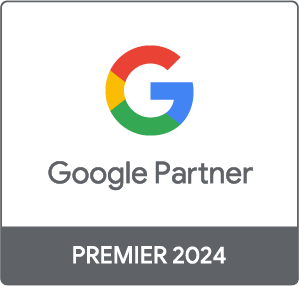BLOG
Pro Tips
Designing a Website that Works

A website is more than just a beautiful interface. There are many factors that come into play when building a website that works — the structure, layout, images and colours used, font and graphics among others. A website’s look and feel are also determined by elements such as graphic, interface and user experience design as well as content and Search Engine Optimisation features.
The ultimate aim of a website is conversion. Conversion, in digital marketing, means achieving the objective of your website by getting the users to follow through the action your website set them to take. The action can be making a purchase, signing up for your newsletter, reading articles in your website or opening an account.
Less is More
A clean and crisp design not only makes your website easy to the eyes but also smoothens the navigation process and improves user experience. Too many elements in a webpage can also slow down the loading speed and this can be frustrating to visitors who want quick information. A simple design will also ease the navigation from one page to another, allowing the visitors to move around your website seamlessly and at the same time increase the time your visitors spend on your website.
A Standardised Interface
Website visitors don’t read the content in your website word-by-word, they usually just scan through the content. That is why it is important to match your design elements in all the pages on your website so that they will automatically know where they can find the information or navigational buttons they need. A well-planned CSS (Cascading Style Sheets) will be helpful in standardising these design styles and elements.
Readability
Some typography may look pleasing to the eyes, but visitors may find it ‘annoying’ when they have to stop and spend some time to decipher the words. Common fonts such as Helvetica and Arial can be used for the body and designers can get creative with the headlines, keeping in mind to ensure that the font is readable. Readability is also ensuring that the content makes sense. Some website that does SEO may over-use the keywords and stuff them at unnecessary places. This affects the impression that you give to your visitors and for those familiar with the dos and don’ts of SEO knows that keywords stuffing is a big NO-NO.
Mobile Responsiveness
The number of visitors to a website using a mobile device has been rapidly increasing, therefore, it is important to ensure that the web design is effective and responsive to different screen sizes. A responsive website adjusts the layout based on the device used. This includes the adjusting of the font size to avoid excessive horizontal scrolling and the scaling of images to fit the browser size.
User-friendliness
When designing a website, understanding the visitors’ psychology is as important as the aesthetics and interface planning. Visitors generally want to have control over their visit. Unexpected layout changes and complicated navigation can be putting-off — an effective website has to be self-explanatory and obvious, allowing visitors to navigate without having to overly-exercise their brains.
Engaging a web design company that understands both the design aspect of a website and Search Engine Optimisation will be ideal for any companies looking to leverage on their website to build their brand and business. LOCUS-T has years of experience doing both web design and development as well as SEO. Get in touch with us to understand how you can build a website that works!
![]()




